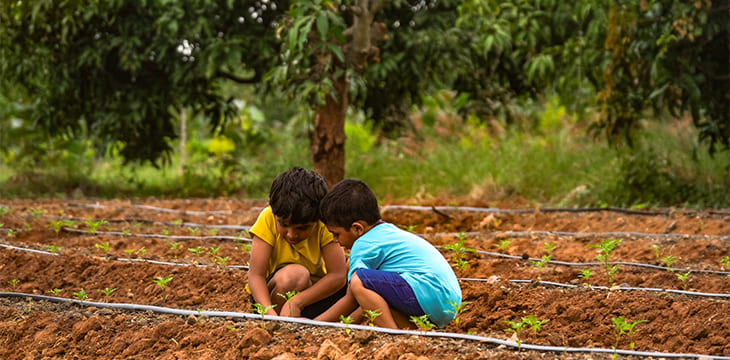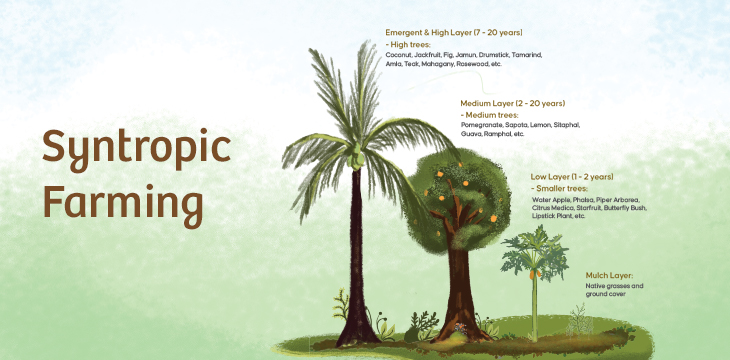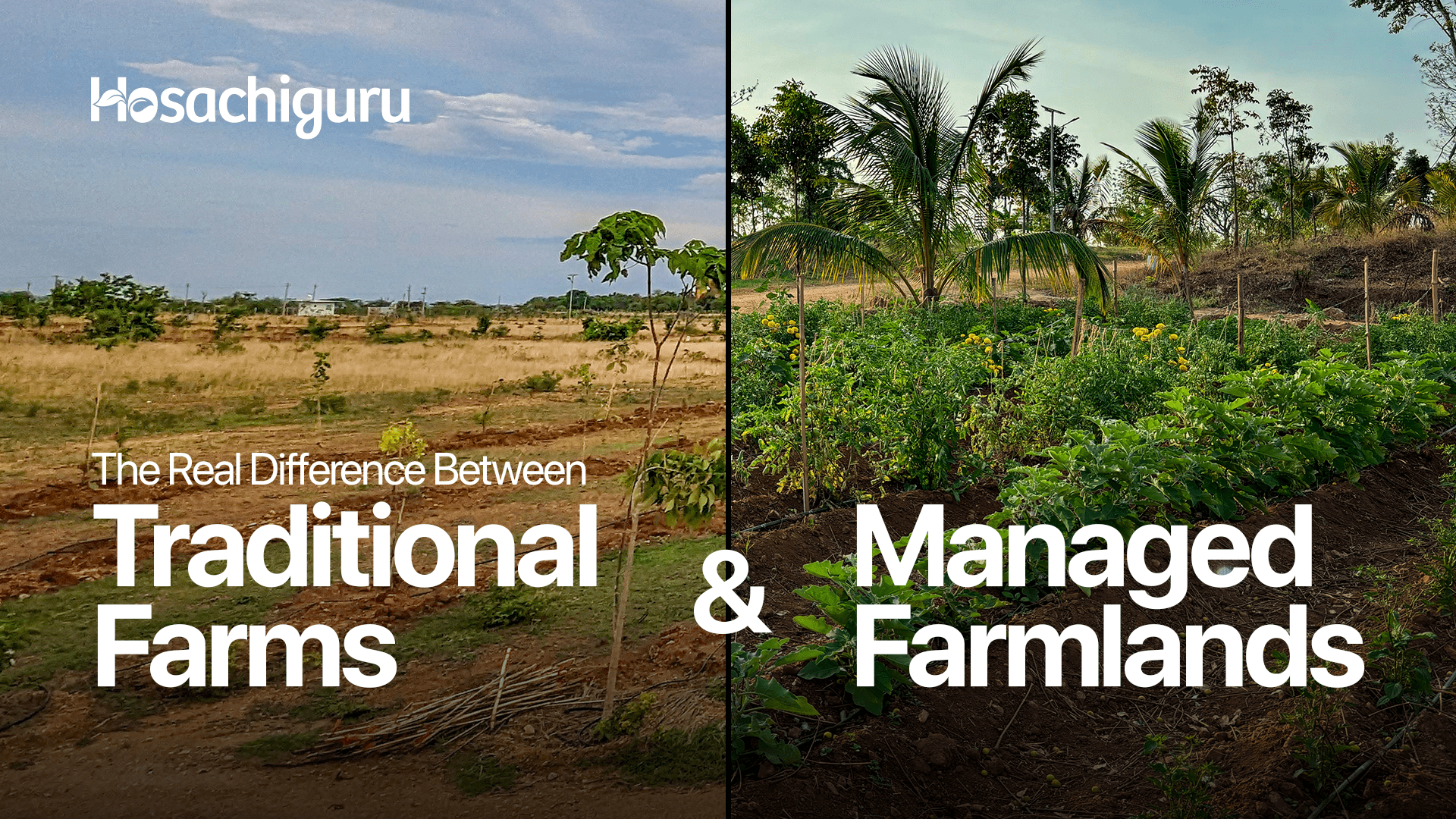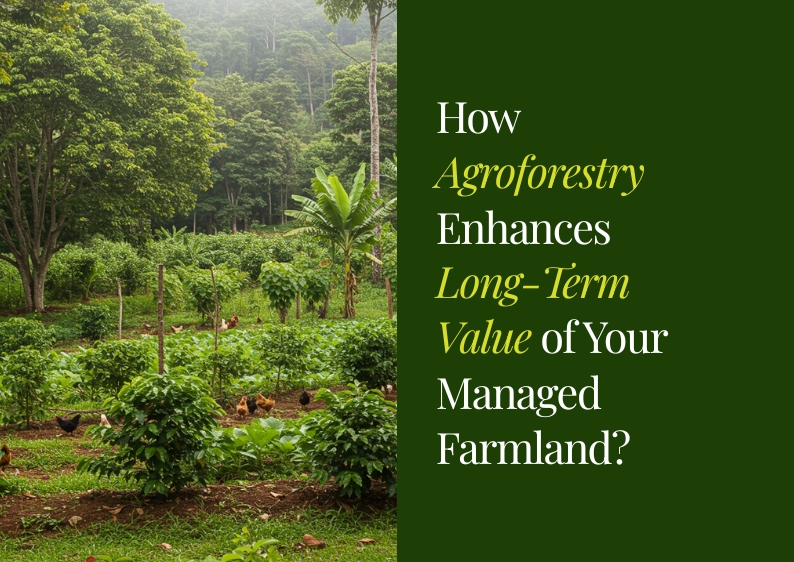July 27, 2020
One might wonder. How does tree start production of heartwood? What happens in tree that triggers formation of heartwood? Let’s understand the process of heartwood formation from the metabolic perspective of plant. All of us know that tree is a living entity with trillions of living cells. Each cell in a tree carries out all metabolic activities like growth, elongation, multiplication, respiration and excretion. Each of these activities involves spending energy in form of energy currency of plant called as Adenosine Tri-Phosphate (ATP). ATP is produced by plant through the process of photosynthesis which produces glucose which is subsequently converted into energy currency.
At the stages when all the resources like water and nutrients are abundantly available, tree continues to produce sufficient energy to maintain all the living cells of the tree. The young plant has vigour and resources to maintain any number of living cells. However, as the tree ages or the nutrient and water becomes a limiting factor, tree intelligence comes to forefront and it starts ALLOCATING THE RESOURCES for the most productive and young cells. Older cells or the weaker ones face the shortage of attention from the plant and eventually die. These dead cells deposit at the centre of the plant in form of dead xylem cells known as HEARTWOOD. To sum up
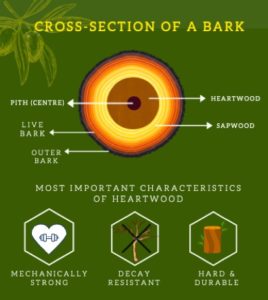
Heartwood formation is a complex biological process, involving five major developmental steps, including:
- Cell division from a secondary meristem called the vascular cambium.
- Cell expansion (cell elongation and radial enlargement).
- Secondary cell wall deposition,
- Programmed cell death, and finally
- Heartwood formation.



